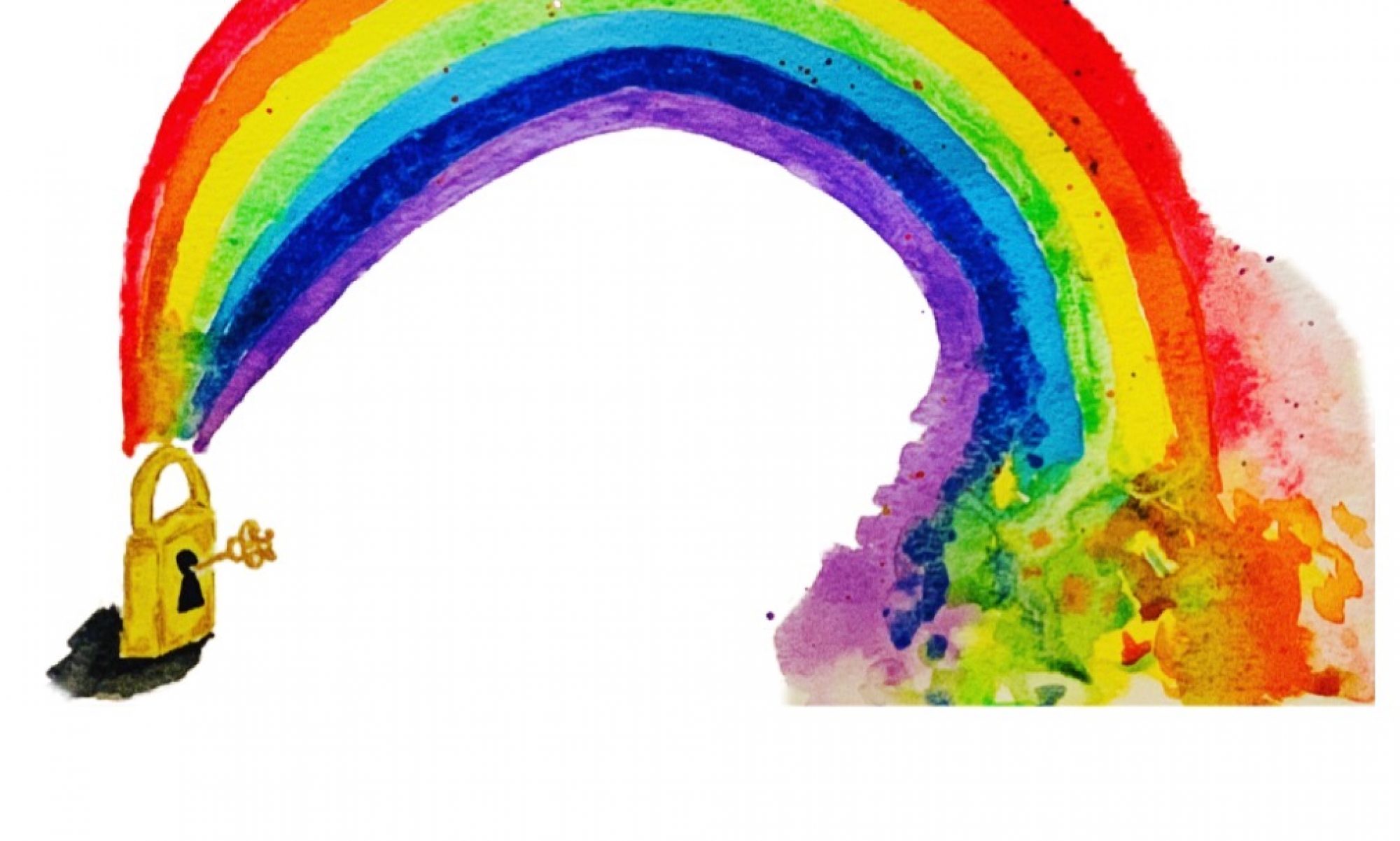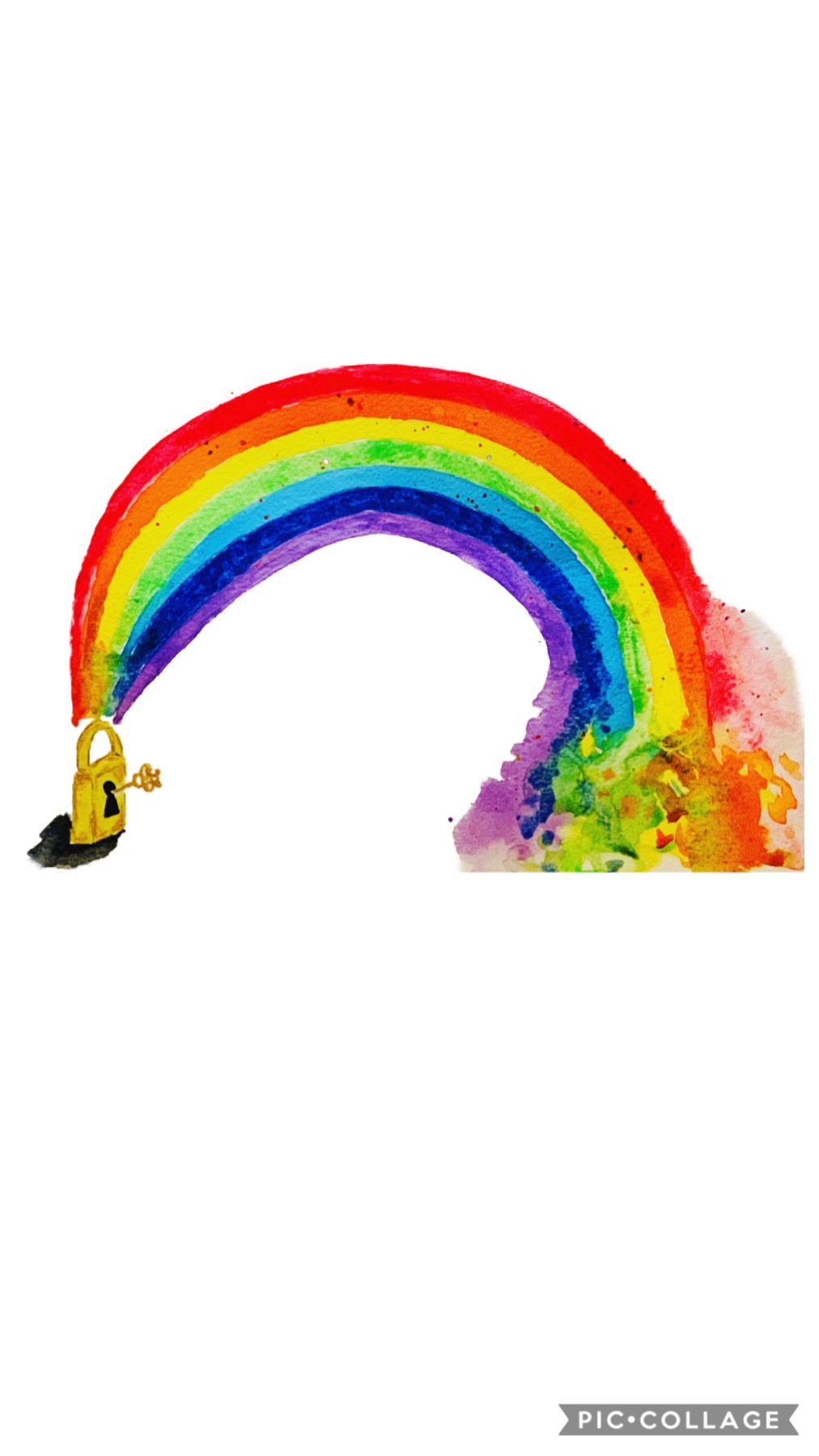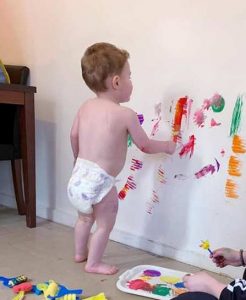
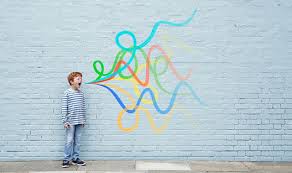
As Albert Einstein once said, “To stimulate creativity, one must develop the childlike inclination for play.” So, what exactly is the link between childhood and creativity?
Creativity and Play and Fostering Creativity
Creativity is the freest form of self-expression. There is nothing more satisfying and fulfilling for children than to be able to express themselves openly and without fear of judgment. The ability to be creative, to create something from personal feelings and experiences, can reflect and nurture children’s emotional health and mental well being.
The experiences children have during their first years of life can significantly enhance the development of their creativity. Unfortunately in today’s society we want to wrap our children up in cotton wool. They need to spend more time getting messy. We have created a germ phobic society. To be honest there are probably more germs on their mobile phones, than their paint brush if they even own one!
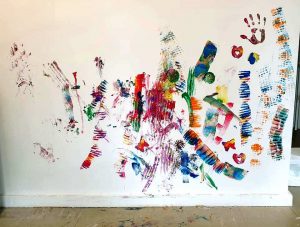
Importance of the Creative Process
All children need to be truly creative is the freedom to commit themselves completely to the effort and make whatever activity they are doing their own. What’s important in any creative act is the process of self-expression. Creative experiences can help children express and cope with their feelings.
A child’s creative activity can help teachers to learn more about what the child may be thinking or feeling. Creativity also fosters mental growth in children by providing opportunities for trying out new ideas, and new ways of thinking and problem-solving. Creative activities help acknowledge and celebrate children’s uniqueness and diversity
The Benefits of Creativity for all
Freedom: There is no right or wrong way to be creative. When we create, it gives us the opportunity to engage with the world without judging ourselves. To return to the feeling of freedom we may have experienced during childhood. Where we did not have to know or be an expert. It gives us permission to take risks, try new things, and strip away inhibitions in a healthy way.
Self-awareness and Expression: Creativity is the route to authenticity. As we create we begin to access our thoughts, feelings and beliefs. When we take the time and energy to develop our own ideas, we learn to understand, trust and respect our inner self, (inner child), in turn enabling us to better express ourselves. You may be surprised at the resources, thoughts and impulses that you discover there.
Faith and confidence in our instincts: When we create, we may start to value our work, even if it is not published, displayed or presented to the public. We can learn to trust our instincts and gain confidence from expressing them. This confidence carries over into decisions we make in other areas of life.
Stress Relief: Being creative is meditative. Taking the time to use our hands, minds, and energy doing something we enjoy and that makes us happy is of highest importance in life. Creativity is fun, and doing anything that brings joy reduces our stress levels and improves our quality of life.
Problem solving: There isn’t a manual to being an artist, Monet didn’t follow a script, and there isn’t a manual for being alive. Obstacles and challenges throughout life are inevitable they are part of the journey. However, when we make creativity a habit, we continue to learn new, resourceful ways of solving problems in our artwork, and in our personal life.
And Finally
“Creativity is a celebration of one’s grandeur, one’s sense of making anything possible.” ~ Joseph C Zinker
Creativity in Gestalt therapy means venturing beyond self-expression and entering the dynamics of the productive interchange within the therapeutic relationship. Gestalt therapy uses creative mediums to help the person make sense of who they are in the world. No matter how old we are creativity is a form of self-expression of feelings and experiences.
The inner child never really leaves us, so go grab that paint, or those beads, or that glitter, sand or mud and create something unique and beautiful today!
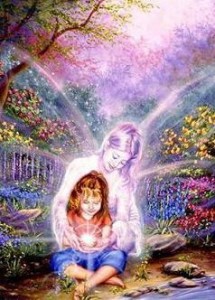
NTB 19
References
Amabile, 1 (1989). Growing up creative: Nurturing a lifetime of creativity. New York: Crown.
Bergen, D. (Ed.). (1988). Play as a medium for learning and development: A handbook of theory and practice. Portsmouth, NH: Heinemann.
Chenfeld, M. B. (1983). Creative activities for young children. (2nd ed.) New York: Harcourt Brace Jovanovich.
Church, E. B., & Miller, K. (1990). Learning through play: Blocks: A practical guide for teaching young children. New York: Scholastic.
